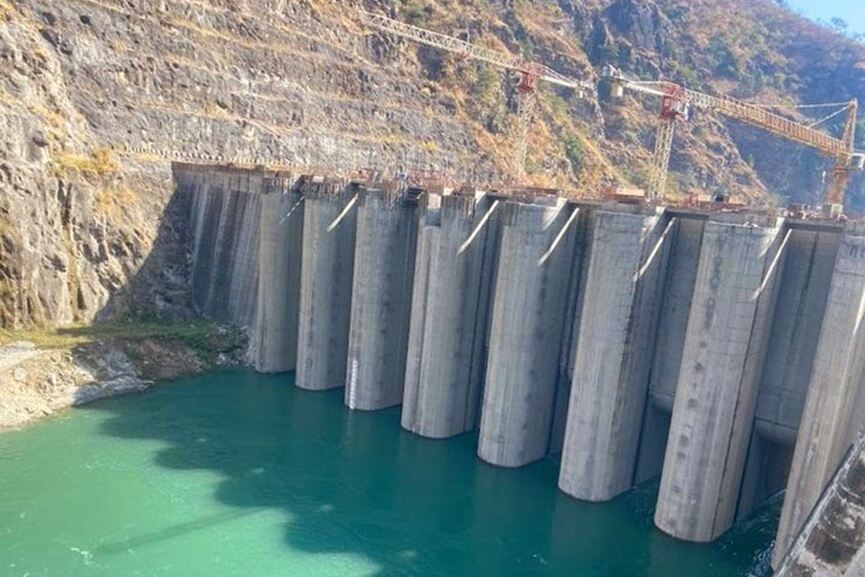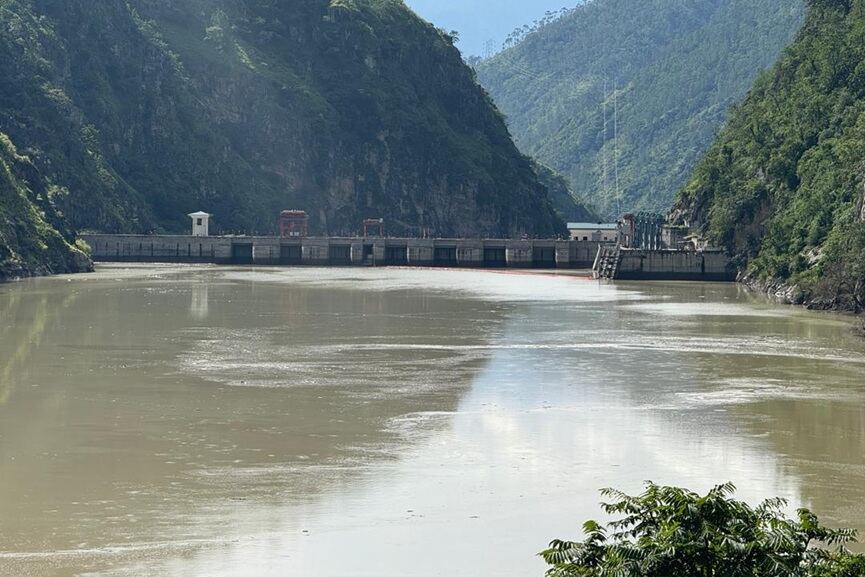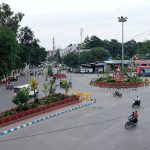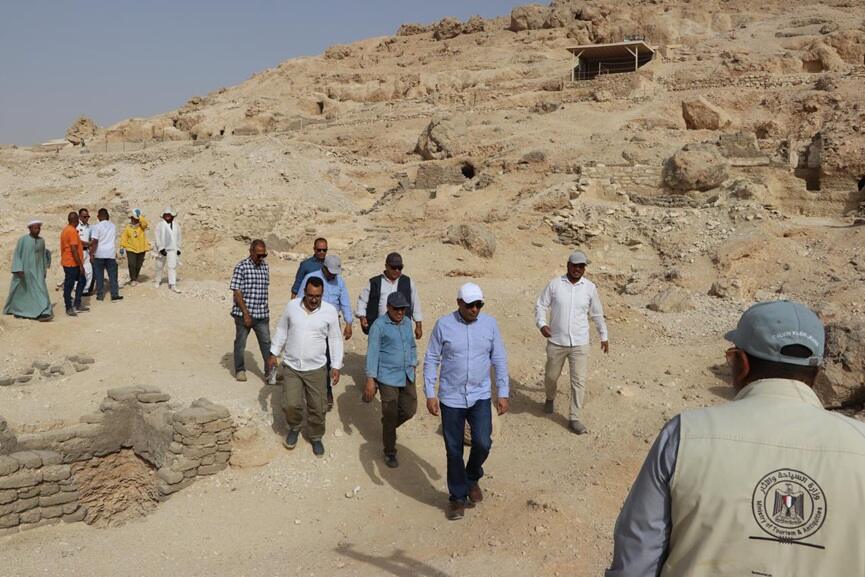New Delhi/Thimphu: India and Bhutan have achieved a breakthrough with the successful synchronization of the fifth unit of the 1,020 MW Punatsangchhu-II Hydroelectric Project.
The development places the joint venture on the brink of full operational capacity, with the final unit expected to come online in August, possibly aligning with India’s Independence Day.
The achievement underscores the deep-rooted strategic synergy between the two South Asian neighbors and highlights how cross-border hydropower partnerships can drive regional development, energy security, and climate resilience.
The synchronization of the fifth 170 MW unit has injected an additional 850 MW of electricity into the national grid. The project has now reached 99.19 percent physical completion.
Since December 2023, when the first two units began operations, the plant has already generated 1.3 billion units of power, generating Ngultrum 4.9 billion (₹4.9 billion) in revenue.
Vibrant 🇮🇳🇧🇹 energy partnership!
Today, Unit 5 (170MW) of the 1020MW Punatsangchhu-II hydroelectric project was successfully synchronized with the power grid, in the presence of Lyonpo Gem Tshering, Hon’ble Minister of Energy & Natural Resources and Ambassador @SudhakarDalela… pic.twitter.com/wNgAAbNB2I
— India in Bhutan (@Indiainbhutan) July 17, 2025
The Indian Embassy in Thimphu confirmed the synchronization during a special ceremony held at the powerhouse. The event was attended by Bhutan’s Energy and Natural Resources Minister Lyonpo Gem Tshering, Indian Ambassador Sudhakar Dalela, PHPA-II Managing Director Prakash Chand Upadhyaya, and other senior officials.
“India and Bhutan enjoy a longstanding, mutually beneficial partnership in the hydropower sector. The completion of Unit 5 is a testament to this deep collaboration,” the Indian Embassy stated. So far, India has supported the development of four major HEPs in Bhutan: Chukha (336 MW), Kurichhu (60 MW), Tala (1,020 MW), and Mangdechhu (720 MW).
Located along the Punatsangchhu River in Bhutan’s Wangdue Phodrang district, the Punatsangchhu-II project is a run-of-the-river hydroelectric facility developed by the Punatsangchhu-II Hydroelectric Project Authority (PHPA-II) under an inter-governmental agreement signed in 2009.
The ₹37,778 million project (excluding interest during construction) was initially approved with a planned capacity of 990 MW, later revised to 1,020 MW. It is entirely funded by the Government of India, 30 percent as a grant and 70 percent as a loan at 10 percent annual interest. Engineering support was provided by India’s WAPCOS, and NIRM offered geotechnical services.

Originally slated for completion in seven years, construction began in December 2010. However, the project faced multiple delays due to geographical challenges, flash floods, the COVID-19 pandemic, and geological issues such as shear zones at the dam foundation. The final commissioning is now targeted for August 2025.
The dam is strategically positioned along the Wangdue-Tsirang highway, approximately 94 km from Thimphu. It is accessible from India via Hasimara railway station and Bagdogra Airport, and is also well connected to Bhutan’s planned Gelephu Smart City.
The ongoing hydropower cooperation is guided by a 2006 bilateral agreement and its 2009 protocol, which envision long-term collaboration in energy generation. Currently, four operational HEPs totaling 2,136 MW are already contributing power from Bhutan to India. In addition to Punatsangchhu-II, the 1,200 MW Punatsangchhu-I project is also under construction.
























